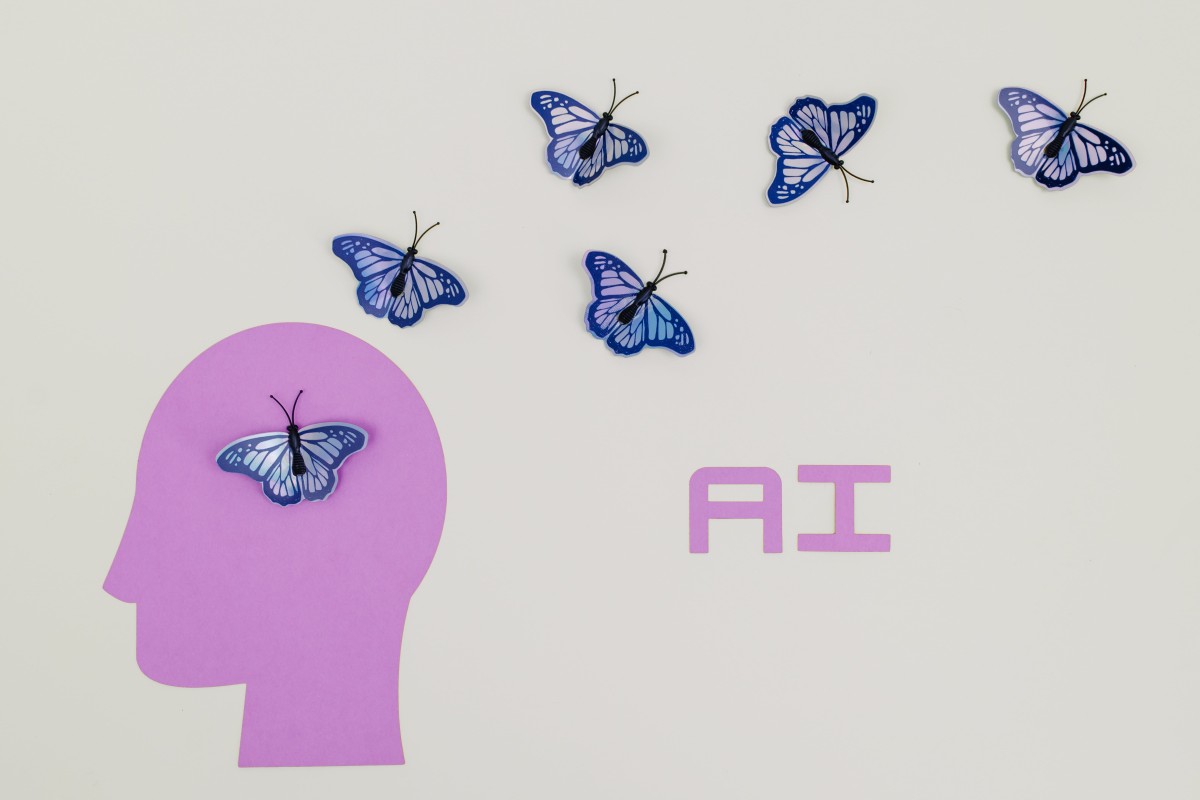How to Check If Something Was Written by AI?
As algorithms continue to evolve and produce remarkably human-like text, it has become imperative for individuals to be able to discern whether the words they encounter are the product of artificial intelligence. We’ll explore various indicators such as language patterns, coherence, and logical consistency that can give away the hand of an algorithm behind a piece of writing. Moreover, we’ll discuss cutting-edge tools and techniques developed specifically for detecting AI-generated content, empowering readers with the knowledge needed to navigate through this new era of technological innovation confidently. So join us as we unravel the mysteries of machine-written text and learn how to differentiate between human creativity and artificial intelligence!
Characteristics of AI-written text
AI-written text possesses several distinct characteristics that set it apart from human-generated content. One key aspect is the consistency of style and tone throughout the text, as AI algorithms maintain uniformity in language and writing patterns. Additionally, AI-generated content often lacks emotional depth, as it struggles to convey genuine empathy or nuanced sentiment. This results in a sterile and detached quality to the writing that can be indicative of its non-human origin.
Another noticeable trait of AI-written text is its propensity for factual accuracy while simultaneously lacking true insight or original thought. The information presented may be technically correct, yet it often lacks creativity and fails to provide truly novel perspectives or innovative ideas. Furthermore, despite being able to generate large volumes of text quickly, AI-written content can often feel formulaic and lacking in authentic human voice, leading to a sense of artificiality that discerning readers may pick up on.

Language analysis tools for detection
Language analysis tools for detection have become essential in the battle against AI-generated content. These sophisticated tools are designed to identify patterns, inconsistencies, and linguistic markers that can indicate a piece of writing was generated by artificial intelligence. By analyzing factors such as syntax, vocabulary usage, and semantic coherence, these tools can provide valuable insights into the authenticity of a text. Moreover, with advancements in machine learning and natural language processing, these tools are constantly evolving to stay one step ahead of the ever-growing capabilities of AI-generated content.
One of the key advantages of language analysis tools is their ability to detect subtle nuances that may elude human perception. From identifying anomalies in writing styles to flagging instances of automated content generation, these tools play a crucial role in safeguarding against the proliferation of AI-generated texts. Furthermore, they empower users to make informed decisions about the credibility and trustworthiness of written content in today’s digital landscape. As AI continues to blur the line between human and machine-generated text, leveraging these language analysis tools for detection will undoubtedly be pivotal in upholding authenticity and integrity within written communication.
Identifying patterns and inconsistencies
Identifying patterns and inconsistencies is crucial when determining whether a piece of writing was generated by artificial intelligence. AI-written content often exhibits a high degree of consistency in language use, structure, and tone. However, human writers are more likely to introduce subtle variations and inconsistencies that reflect their creativity and personal style. By carefully analyzing the text for repetitive phrasing, unnatural transitions, or abrupt shifts in tone, one can effectively discern between AI-generated content and human-authored material.
Furthermore, paying attention to contextual inconsistencies can serve as a powerful indicator of AI involvement. While machines excel at generating coherent sentences, they may struggle with maintaining logical coherence across an entire document. Detecting discrepancies in information presented or lapses in reasoning within the text can help pinpoint the fingerprints of automated writing processes. Ultimately, honing one’s ability to spot these patterns and irregularities provides valuable insight into differentiating between AI-generated content and genuine human expression.

Cross-referencing with known AI writing samples
Cross-referencing with known AI writing samples is a crucial tool in identifying if a piece of writing was generated by an artificial intelligence system. By comparing the text in question with existing AI-generated content, researchers and analysts can look for similarities in style, structure, and vocabulary usage. This process involves utilizing advanced algorithms that can spot patterns and correlations between the suspected AI-written text and verified AI-generated samples.
One interesting aspect of cross-referencing is the recognition of specific linguistic quirks or idiosyncrasies characteristic of certain AI models. For instance, some language models exhibit a tendency to use particular phrases or syntactic constructions that distinguish them from human writing. These distinctive markers serve as valuable indicators when analyzing whether a given passage may have been produced by an AI program. As AI technology continues to evolve and diversify, it’s essential to continually update databases of known AI writing samples to ensure more accurate cross-referencing results.
In addition to examining individual sentences and phrases, cross-referencing also involves considering broader contextual elements such as overall coherence, logical progression, and thematic consistency. Researchers often scrutinize the holistic flow and cohesiveness of the text under scrutiny against established benchmarks derived from known instances of automated content generation. This comprehensive analysis facilitates a more nuanced understanding of how machine-written materials align with or deviate from established patterns in order to discern their origins accurately.
Consulting experts in AI and linguistics
Consulting experts in AI and linguistics can provide invaluable insights into the nuances of language generation by AI systems. Linguists, with their deep understanding of syntax, semantics, and pragmatics, can help identify linguistic patterns that may indicate machine-generated content. Additionally, AI specialists can offer technical expertise in analyzing the algorithms and methodologies used by AI language models. Their input can reveal subtle markers of machine-generated text that may not be readily apparent to the average observer.
Bringing together these two disciplines can lead to a more comprehensive approach to detecting AI-generated content. Linguists contribute their knowledge of human language while AI experts provide an understanding of how machines mimic this language. This collaboration enables a holistic examination of writing styles and linguistic structures to accurately discern whether a piece of text was authored by an AI or a human being. By leveraging the expertise of both fields, we gain better tools for evaluating the authenticity of written material in an increasingly digital landscape dominated by artificial intelligence.

Conclusion: Staying vigilant in the digital age
In conclusion, staying vigilant in the digital age is more important than ever as AI technology continues to advance. It’s crucial for individuals and organizations to remain skeptical and discerning when consuming information online. With the rise of AI-generated content, including articles, social media posts, and even reviews, it’s becoming increasingly challenging to differentiate what is written by a human from what is produced by machines.
As we navigate this new era of technological innovation, it’s essential to develop critical thinking skills and utilize fact-checking tools when in doubt about the authenticity of online content. We must also hold ourselves accountable for being responsible consumers and contributors in the digital space. By taking proactive measures to verify the credibility of information and encouraging ethical practices in AI development, we can work towards maintaining the integrity and reliability of digital content in the long run. Staying vigilant means not only being aware of AI-generated text but also actively seeking ways to uphold transparency and trustworthiness in our digital interactions.



